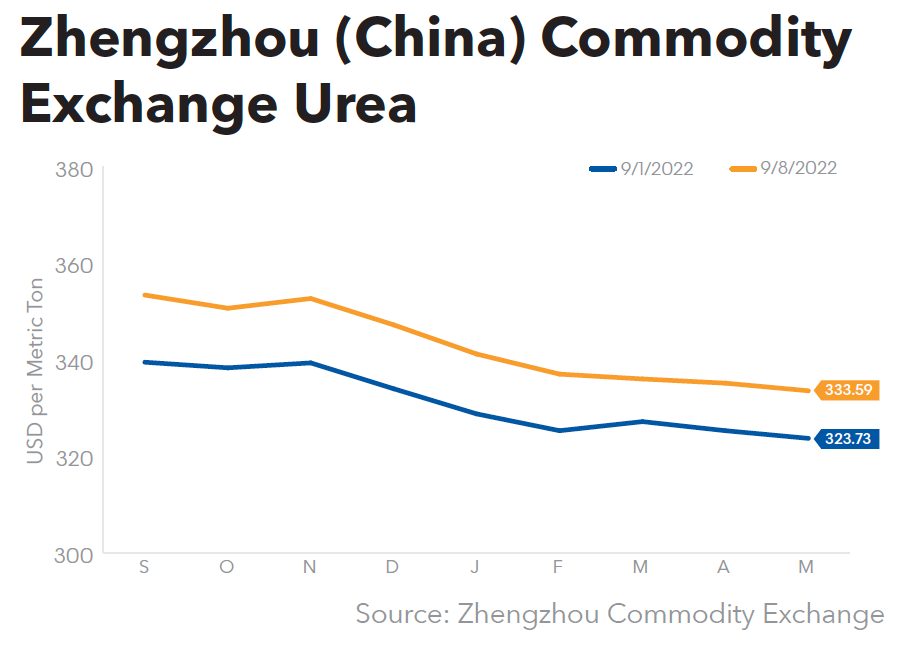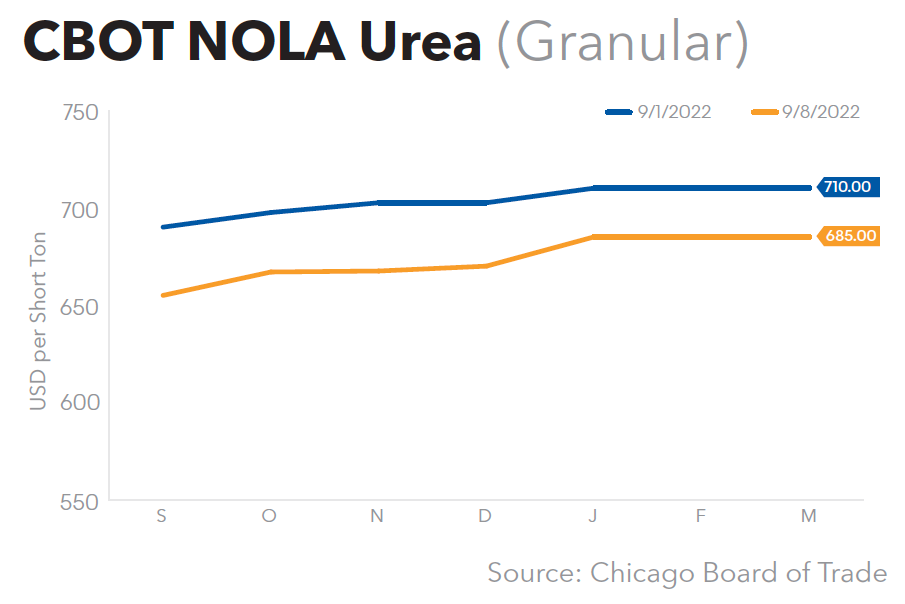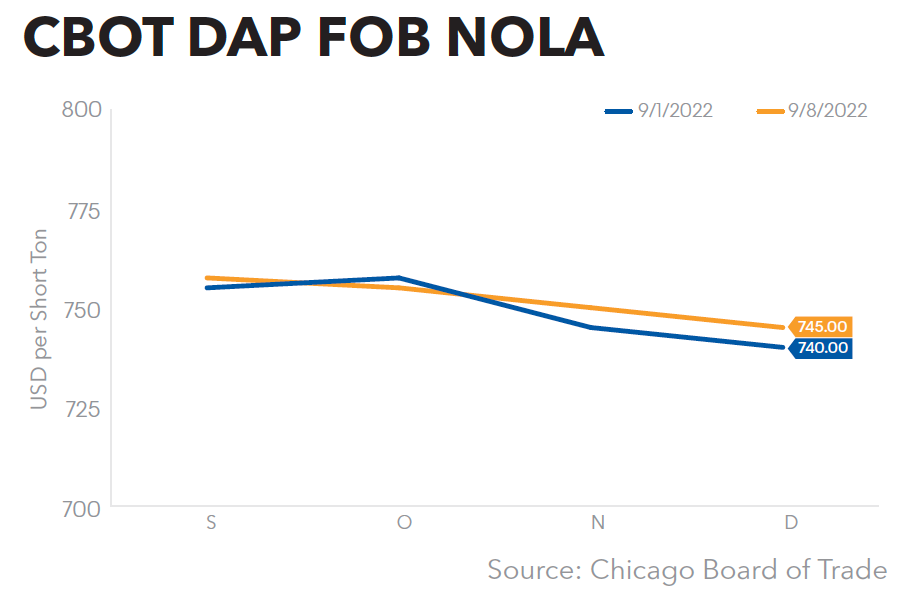OCI Announces Major Beaumont Blue Ammonia Plant, Iowa CO2 Project
OCI NV, Amsterdam, on Sept. 8 announced plans to start construction of a 1.1 million mt/y blue ammonia plant at Beaumont, Texas, as well as a carbon capture project for the company’s subsidiary Iowa Fertilizer Co. (IFCo) in Wever, Iowa.
The Beaumont plant will be based on KBR technology and will have the infrastructure, including land and utilities, to double capacity to 2.2 million mt/y. The targeted start of production is first-quarter 2025.
“The recent passage of the IRA (Inflation Reduction Act), which bolsters the regulatory framework and competitiveness of clean ammonia in the US, in addition to technological developments in carbon sequestration, is supporting ammonia as a key driver of the energy transition,” said Nassef Sawiris, OCI Executive Chairman. “We believe OCI, a global leader in hydrogen, will play a pioneering role in the future of this industry.”
“We have been working on this project over the past year to put us in a position to break ground by the end of this year,” said Ahmed El-Hoshy, OCI CEO. “Alongside our existing blue and green ammonia projects in the US and the Netherlands, at Fertiglobe in the Middle East and North Africa, and our green methanol business, this facility will allow us to continue to build and strengthen our world-leading ammonia and clean fuels platform.”
OCI said the project is well underway, with detailed engineering and procurement work having started earlier this year. The project has been awarded to Maire Tecnimont on an engineering and procurement basis, critical long-lead pieces of equipment have been ordered, and site works are scheduled to start in the coming weeks.
Capital expenditure is expected to be within OCI’s guidance of up to $450 million growth capex for the Group in 2023, as highlighted in the first-quarter 2022 results report.
OCI noted that the Texas location will have easy access to both the US and export markets, including Europe and Asia. In June, OCI announced a tripling of throughput capacity at its Port of Rotterdam ammonia import terminal to 1.2 million mt/y by 2023 (GM June 17, p. 28), to serve emerging ammonia demand for bunkering to oceangoing vessels and act as a hub to help decarbonize the EU and reduce its reliance on imported natural gas.
The new facility is also positioned to supply blue ammonia to OCI’s plants in the Netherlands. The company is currently running its ammonia production platform at about 40% of its 1.2 mt/y maximum capacity in the Netherlands due to high gas prices, but is able to operate value-added downstream production and continue to address food security concerns with support from imported ammonia.
OCI also announced it has entered into long-term agreements with Navigator and Enerflex for a project to capture and sequester CO2 produced on-site at IFCo Wever plant. The project is targeted to be complete by first-quarter 2025 and would allow IFCo to produce blue ammonia, urea, and DEF.
“This project is a good example of OCI leveraging its existing infrastructure to reduce carbon in a financially attractive way,” said El-Hoshy. “We expect it to generate significant benefits through government tax credits, environmental attributes, and premiums for lower-carbon products, resulting in a steady diversified income stream with attractive returns well above OCI’s hurdle rate. The recently signed IRA increased 45Q credits from $50/mt to $85/mt, enhancing the attractiveness of the project economics and allowing for our team to commence work on phase two. Iowa Fertilizer Co. has been central to our US operations over the past 10 years, and we look forward to continuing to invest in Iowa.”
OCI said the first phase, abating up to 40% of IFCo’s CO2 emissions from the ammonia production process (450,000 mt/y CO2 from the facility’s maximum production capacity of just under 1 million mt/y of ammonia), is a meaningful contribution to OCI’s overall target of achieving a 20% reduction in greenhouse gas intensity by 2030 and carbon neutrality by 2050.
OCI is also currently studying a phase two for this project, which would reduce post-combustion CO2 streams up to 700,000 mt/y and could materially store all of IFCo’s emissions. OCI is evaluating various capture technologies and expects phase two to be predicated on the premium associated with the carbon intensity reduction in its end products as those markets develop.
Capital expenditures for OCI’s scope, inclusive of the lump-sum turnkey contract, are expected to be $60 million over the period 2022–2025, and is included in OCI’s guidance for the group’s growth capex in 2023.
Under the agreement, Navigator will provide CO2 transportation and storage services on its carbon capture and storage system, the Heartland Greenway. The project is backed by BlackRock’s Global Energy & Power Infrastructure Fund III, which invests in essential, long-term infrastructure assets. Enerflex will engineer, fabricate, and install a modularized CO2 capture solution to capture IFCo’s CO2.


